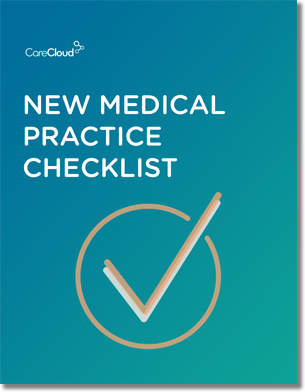Studies have found the medical industry wastes approximately $700 billion on avoidable issues annually. How much of that comes from your practice?
The only way to pinpoint wasted spending, or any other area of weakness for that matter, is to consistently monitor and track business performance data. Power Your Practice understands the financial challenges medical practices are facing and is here to help.
In continuation of our weekly metrics series, today’s installment identifies the acceptable amount of delayed claims in your billing cycle.
Metric #3 – Percentage of Accounts Receivable > 120 Days
What It Is
Accounts Receivable (A/R) is generally grouped into aging buckets based on 30-day increments of elapsed time (30, 60, 90, 120 days). All A/R aged over 120 days falls in the inclusive A/R >120 day bucket.
Calculation
Dollar Value of A/R >120 Days ÷ Dollar Value of Total A/R
Benchmark
Benchmark: Less than 25% of your A/R should be in the >120 days bucket.
Why It Matters
A/R >120 days is a clear indicator of how effective your practice is at securing reimbursements in a timely manner. High or rising percentages are red flags alerting you of issues with your practice’s revenue cycle management (e.g., your staff may not be acting quickly enough on denials or aged claims) that need to be addressed promptly.
If you’re having difficulty collecting on claims before 120 days, it may be time to consider outsourcing your revenue cycle management.
Check back next week for the next installment of our whitepaper review series focusing on the fourth most important metric to track at your practice: Net Collection Rates.

Do you know what you need when setting up a new medical practice?


